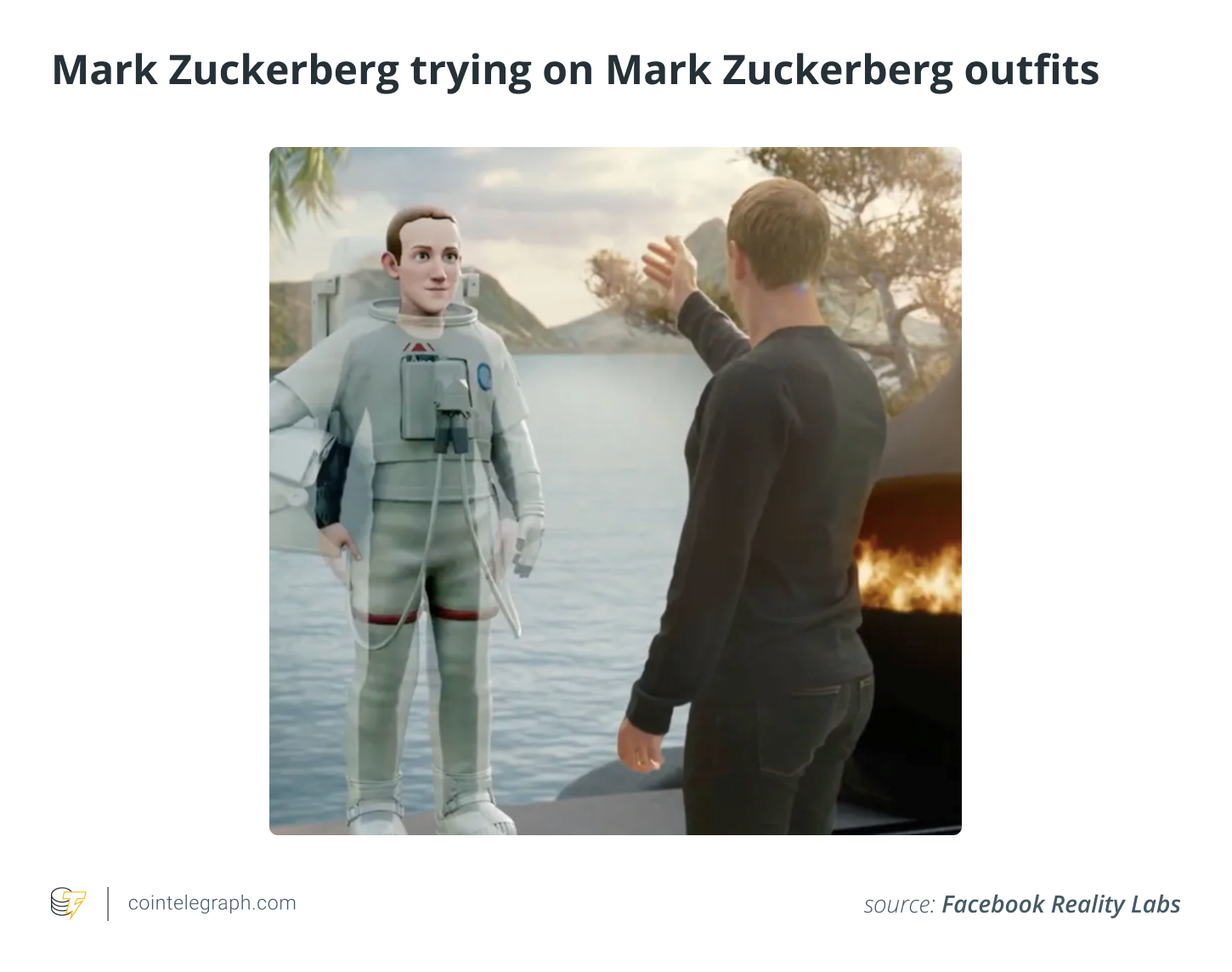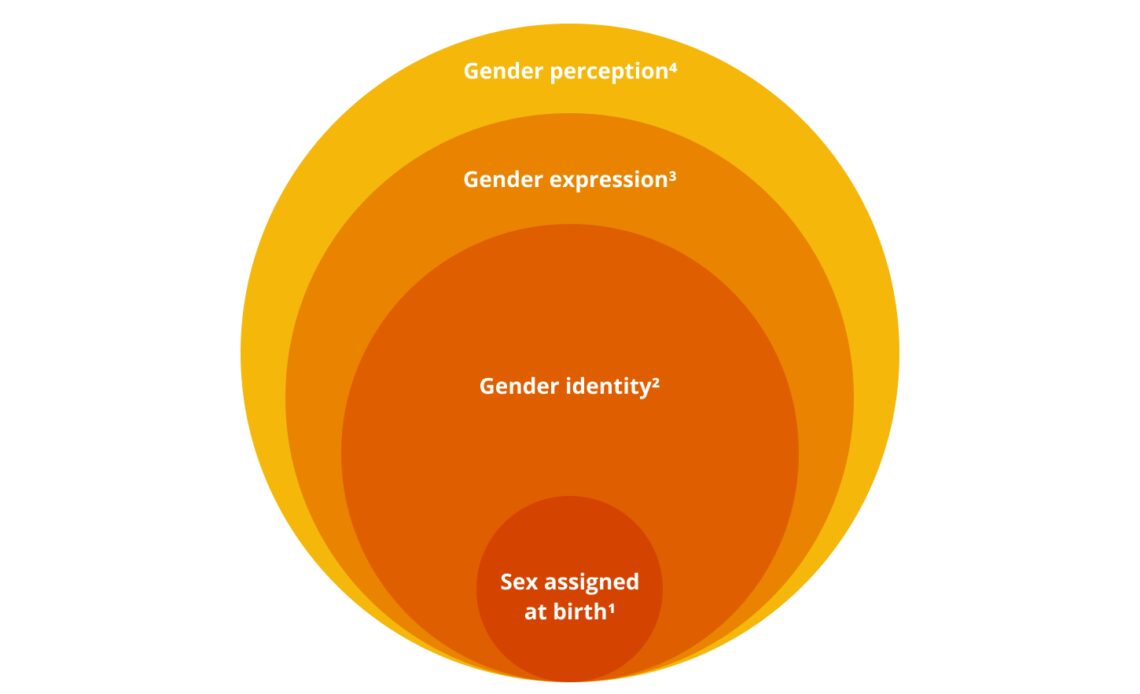In the wake of the rising popularity of games like Fortnite, Roblox and Minecraft and the concept of the Metaverse, the ability of “avatars” to escape unpleasant realities, or simply have fun, is emphatically relevant. It warrants a discussion on digital citizenship and the “inclusivity” of individuals and their identities in the virtual realm, and it provides new meaning for those with gender dysphoria or who identify as genderqueer.
In the real world, there is a known bias against those who do not identify with the sex assigned to them at birth. According to a recent study, approximately 2.7% of adolescents in the United States identify as trans or gender diverse. Extrapolating this to the global population, more than 200 million people likely fall into this category and come under pressure from societal exclusion, suppression of identities and marginalization, as well as a lack of awareness, access to facilities, security and safety.
Recent studies have also revealed the therapeutic abilities of gaming avatars for many queer people, who suffer from higher rates of anxiety and depression due to the need or obligation to identify their gender, as there are people who prefer not to do so.
Related: Pride in the Metaverse: Blockchain tech creates new opportunities for LGBTQ+ people
What does an avatar really bring to the table?
An avatar is a digital human representing you in a virtual space that you can share with other individuals for various types of experiences. It is a personalized graphical illustration, character or alter ego representing a user on their computer. In many ways, creating an avatar is a good way to solidify one’s own personal image or persona. The designs of these alter egos have been accentuated by the growing market for games that create roles for individuals participating.
An avatar functions as a digital place where transformations occur, and it becomes a location for desires. The virtual body acts as a person’s digital twin and remains closely connected to their physical body, which becomes the basis for the virtual body’s identity. An avatar can be represented either in a 3D or 2D form, depending on the platform the person is on.

Customization is key
For people still trying to figure out their own gender identity — or affirming one — the avatar’s appearance becomes an important starting point to test out who they really want to be. Hence, being able to customize the avatar is key and facilitates gender identity…
Click Here to Read the Full Original Article at Cointelegraph.com News…
























